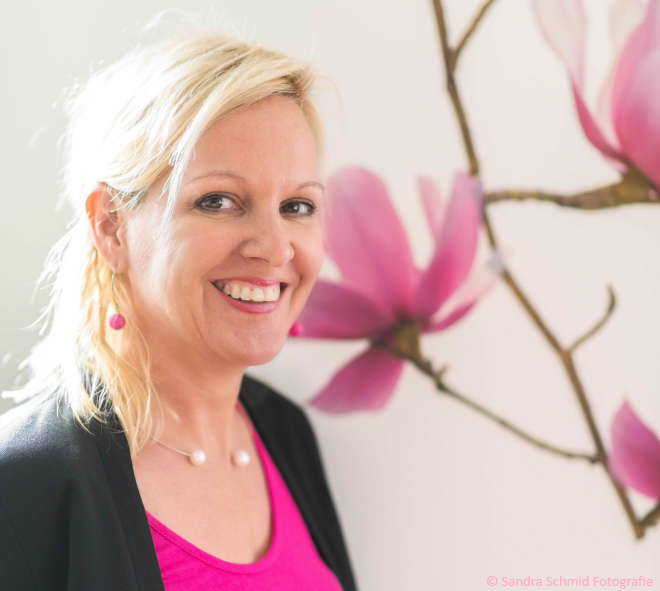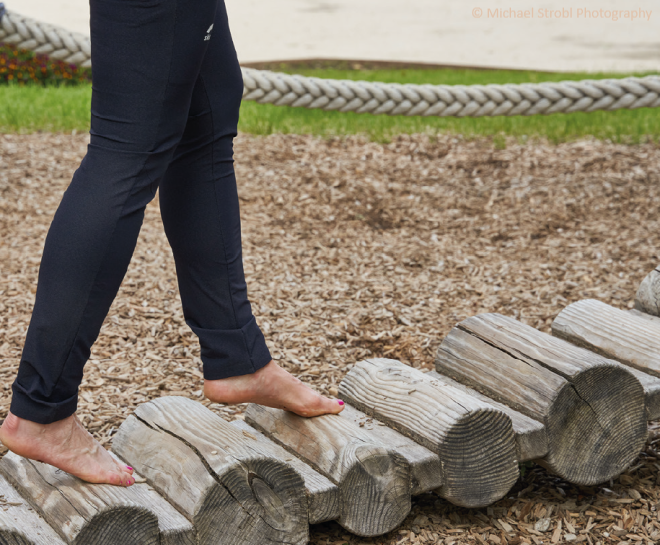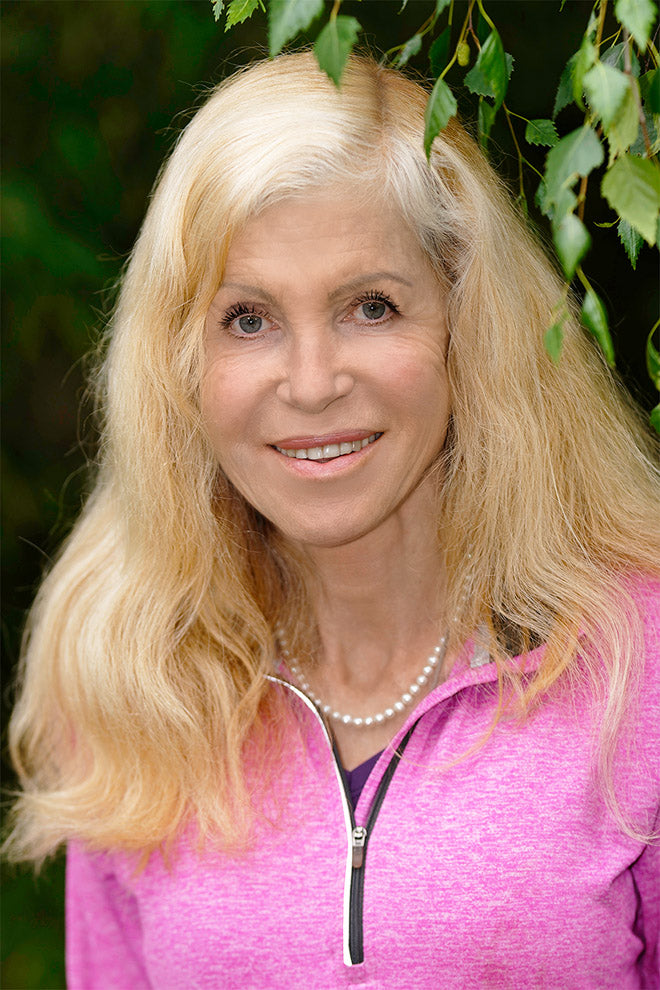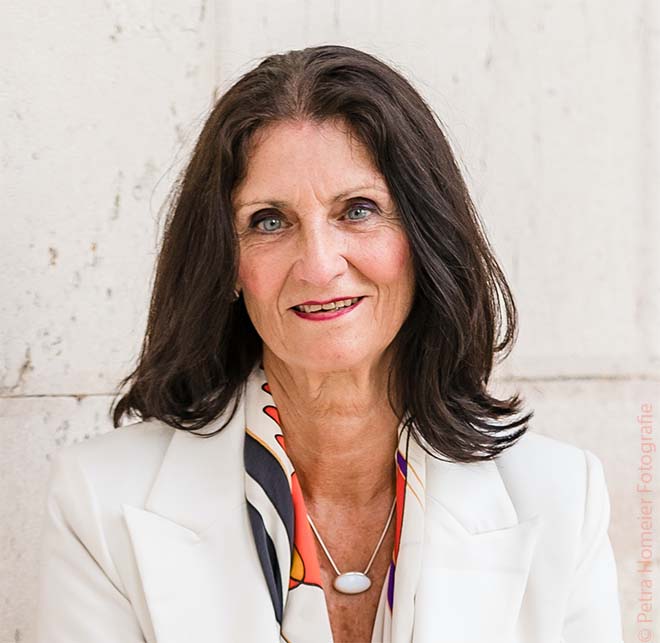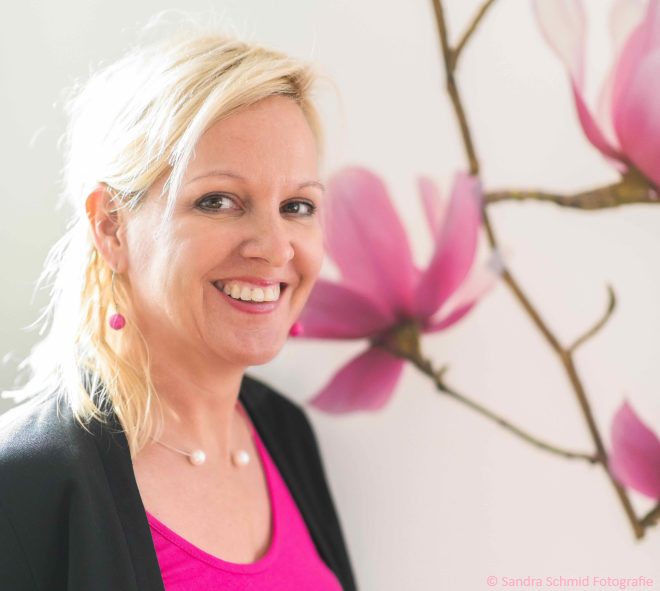
Interview with Béatrice Drach-Schauer: Going through life light-footed and pain-free
Interview with Béatrice Drach-Schauer: Going through life light-footed and pain-free
"I would like to encourage and inspire people to pay more attention to their feet, to take them into their own hands and look after them lovingly - after all, it is our feet that give us support and stability, carry us through life and root us in the earth." The experienced running coach Béatrice Drach-Schauer , author of the compact guide " Little Foot School ", explains why we should keep our feet fit and look after them and how we can prevent and relieve pain and incorrect strain - in order to go through life pain-free and light-footed.
As a running coach and sports science consultant, you have been dealing with the topic of “healthy feet” for many years. What prompted you to do this and why is it so important to pay attention to foot health?
Béatrice Drach-Schauer: I was motivated to write this book by my own "story of suffering" - I suffered from foot pain for a long time due to foot misalignment and a "cultivated" hallux valgus - and by the fact that the public gives little importance to the topic of foot health. Yet our feet are literally the basis for a healthy life - without them "nothing works", they carry us and keep us grounded. But we usually only pay attention to them when they make themselves known in a painful way...
With around a quarter of all bones, our feet are highly complex masterpieces and at the same time masters of fine motor skills. Despite this, they are often not given enough attention and have a rather bad reputation even in everyday language. Why is that, and how could the reputation of feet be improved?
Béatrice Drach-Schauer: From a young age we hear: "Your feet stink", "feet down" etc. There are a lot of negative expressions about feet: "That tastes like numb feet" or "your feet fall asleep", "get cold feet" ... From childhood we are encouraged to hide our feet in socks and shoes and thus lose our natural connection to them. I would like to encourage people to take their feet "in their hands" again, to look after them lovingly, to become aware again that our feet root us in the earth.
Based on the anatomically and functionally based movement concept of Spiraldynamik®, your compact guide shows how you can do something good for your feet in everyday life. What does this concept mean and what is the connection between the feet and the rest of the human body?
Béatrice Drach-Schauer: Spiral Dynamics ® is an anatomically based movement concept that provides the body with a form of clever "instructions for use" and was co-founded by the doctor Dr. Christian Larsen. With the help of three-dimensional anatomy, the fine interplay of coordinated movements can be analyzed, and conclusions can be drawn about incorrect loads.
In addition to numerous tips and exercises for preventing foot problems, your book also contains descriptions of typical misalignments and symptoms. What are these, for example, and what causes them?
Béatrice Drach-Schauer: One of the most common deformities in the western world is definitely the splayfoot. The transverse arch of the forefoot is widened, resulting in excessive pressure under the heads of individual metatarsal bones. Healthy feet act like shock absorbers; but if the foot muscles are too weak, this cushioning no longer works and the foot becomes wider and wider. Pain in the forefoot area is the result. Splayfoot can then develop into a crooked big toe, hallux valgus . With targeted exercises (possibly with additional support from podiatric insoles), you can learn to better control the arch of the foot again.
Often, we only pay attention to our feet when they itch or hurt. How can we tell early on whether a misalignment has already occurred and what should we do about it?
Béatrice Drach-Schauer: Ideally, you notice at a young age that your foot or leg is misaligned, so you can react early. But even in adulthood, you should definitely consult a doctor or therapist if you experience persistent symptoms. Our feet, leg axes and hips form an important movement unit that should be viewed as a system; so if you have knee pain, for example, you should also look at the position of your feet and leg axes.
Foot pain is not only annoying, it can significantly reduce your quality of life or cause serious complications. What do you need for effective foot training and how can it best be integrated into your everyday life?
Béatrice Drach-Schauer: The big advantage of foot gymnastics is that you don't need any expensive and/or complicated equipment to do the exercises. The exercises should be done regularly (ideally daily), but they really only take a few minutes and are very easy to integrate into your daily routine - so easy that there are no excuses not to do it. You can do the one-legged stand in the morning and in the evening while brushing your teeth, for example, and you can even train the muscles of your big toe while you're on the toilet. Foot gymnastics can be seen as a little "time for me" in between.
Book tip:
Béatrice Drach-Schauer: Little foot school - the most effective exercises for healthy and pain-free walking and running. Compact guide . Mankau Verlag 2021, paperback, full color, 11.5 x 16.5 cm, 158 pages, 12.00 euros (D) / 12.40 euros (A), ISBN 978-3-86374-617-9.
Link recommendations:
More information about the book “Little Foot School”
To the reading sample in PDF format
More about the author Béatrice Drach-Schauer
Our social networks − for questions, criticism, suggestions
